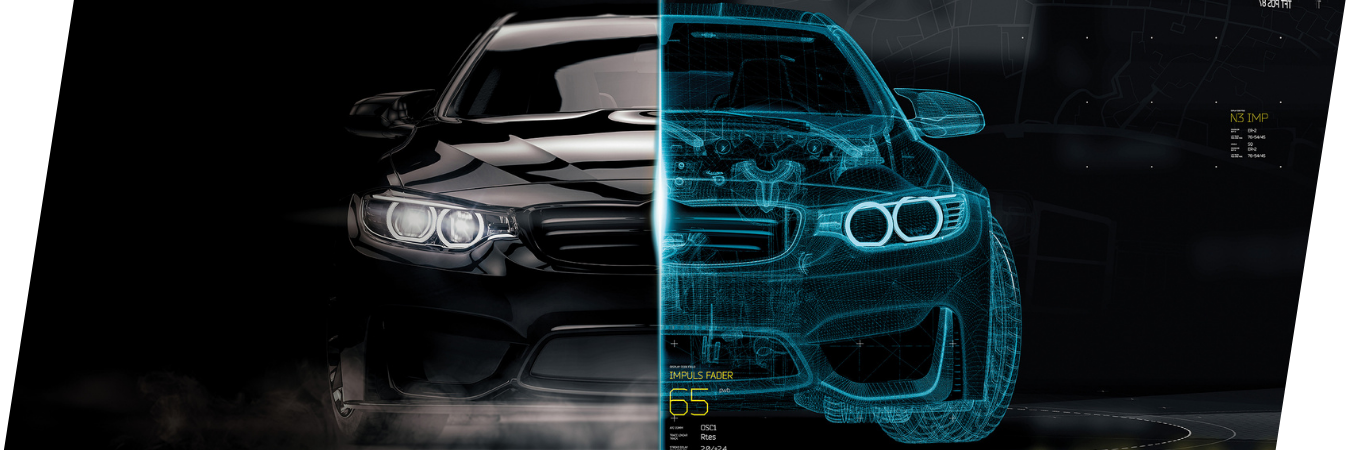
WhAT IS CHIPTUNING?
In short, chiptuning is the rewriting of the standard factory software to optimize the performance and power of your vehicle.
Each car manufacturer uses a margin when adjusting the software; therefore, the settings are never optimal. With a careful adjustment of this software (chiptuning or remapping), the control changes and the performance improves significantly. More torque, higher speed and lower fuel consumption.
ECM
The ECM (Engine Control Module) is the main computer in the car. It houses a memory chip made up of thousands of variables, folders and tables. This data determines how the ECM controls the engine and regulates fuel consumption, ignition timing, turbo pressure and much more.
In the engine there are sensors in various places that send information to the engine management. The computer uses the program entered by the manufacturer to control everything. The program determines the amount of fuel that may be injected and at what time, the ignition angle, amount of turbo pressure, opening of the throttle valve etc. With chiptuning one will adjust these values.
External ECU
As mentioned above, many modern manufacturers’ ECUs are protected against outside access. If the ECU is really inaccessible, sometimes an external ECU (piggy back ECU) is used. An external box with its own software is connected to the engine management.
The external ECU can change much more than 1 or 2 values, but chiptuning the software on the ECU is still the nicest way of chiptuning. Unlike the above power box solution, this is a more reliable way of chiptuning.
It also has the added advantage that the car will continue to use all the default settings and you can easily remove the tuning when needed.
Chiptuning with dyno testing
Chiptuners often use dyno testing to measure the power before and after the chiptuning. On the dyno you can check if the car meets all the expected values. The power and torque are always measured, but also the air/fuel (lambda) ratio and the turbo pressure ignition can be checked here. A dyno test takes between 15 and 30 minutes.
Manufacturers do it too
Due to marketing reasons, a lot of manufacturers will use the same engine within a model range, but with different power levels. Only the engine management of the different models varies. We call this OEM tuning. This way the manufacturer tries to compete with external chiptuning parties and discourage chiptuning.
For example; a Volvo 2.4D 5-cylinder diesel with 163Pk and 340Nm is put on the market. This car is, among others, identical to the D5 with 185Pk and 400Nm. However it is “downtuned” to a lower power and therefore safe to tune to its “original” power.
Or for example the 1.0 T(F)SI from Volkswagen, which is delivered by the manufacturer with 95, 110 or 115 HP.
Since these OEM adjustments from the manufacturer do not result in the high profit that can be achieved with an external chiptuner, chiptuning by an external authorized chiptuner is still the most popular.
Tuning of un-blown engines
For engines without turbo, the gain after chiptuning is usually very small (a few percent) and therefore is not often performed.However, it is also possible that the power is reduced ex-factory, as described above, and then chiptuning can certainly pay off.
Contact
- Klopperman 35-37 | 2292 JE Wateringen
- info@rica.nl
- +31 174 226 806
- www.rica.nl

